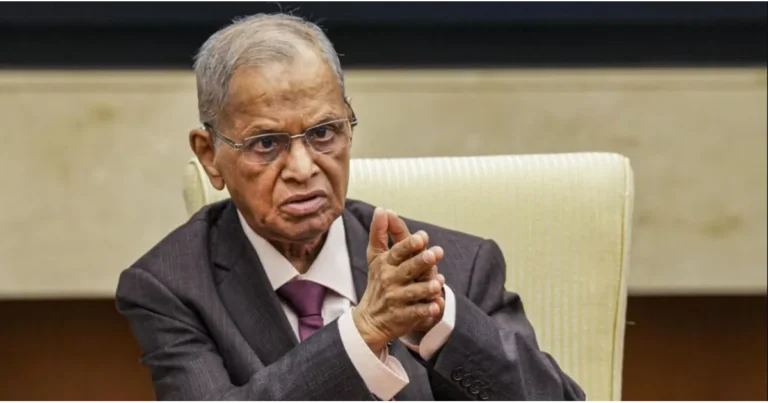
Infosys co-founder Narayana Murthy has once again sparked debate over work-life balance, advocating for longer working hours. The 79-year-old billionaire, who previously suggested a 70-hour work week, has now proposed that Indian employees adopt a 72-hour work week. Speaking in an interview with Republic TV, Murthy referenced the Chinese ‘996 rule’ as a model for productivity.
Understanding China’s 9-9-6 Work Culture
The ‘996 rule’ refers to a demanding work schedule commonly followed by some Chinese companies over the past decade. Employees work from 9 a.m. to 9 p.m., six days a week, totaling 72 hours per week. While proponents argue that this schedule fosters productivity, critics have raised concerns over its impact on health, well-being, and work-life balance. China’s Supreme Court banned the practice in 2021, although enforcement remains inconsistent.
Murthy’s Take on Hard Work and the 9-9-6 Rule
Narayana Murthy defended his stance by emphasizing the value of hard work for personal and national growth. He remarked that individuals must “get a life and then worry about work-life balance.” Drawing from his experience with Catamaran employees who visited multiple Chinese cities, Murthy highlighted the rigorous work culture they observed.
He also cited Indian Prime Minister Narendra Modi as an example of extreme dedication, noting that Modi reportedly works 100 hours a week. Murthy argued that hard work is essential for providing opportunities to the less fortunate and for nation-building, reiterating his earlier call for Indians to embrace a 70-hour work week.
Public and Social Media Response
Murthy’s comments quickly went viral, drawing criticism from social media users. Many highlighted the challenges Indians already face, including inadequate infrastructure, high living costs, stagnant wages, and the absence of overtime pay. Critics argued that mandating longer work weeks without improving salaries and work conditions is unrealistic.
Some users contrasted Murthy’s suggestion with European work culture, pointing out that a balanced schedule, such as 10 a.m. to 5 p.m. for five days, allows employees to enjoy life outside of work. Concerns were also raised about traffic, commute times, and the disproportionate benefits received by top executives compared to regular employees.
Balancing Ambition and Practicality
While Murthy’s perspective underscores the importance of dedication and hard work, the debate highlights the need for a balanced approach to work-life harmony. As discussions continue, the challenge remains to create a system where productivity does not come at the expense of employee well-being.






